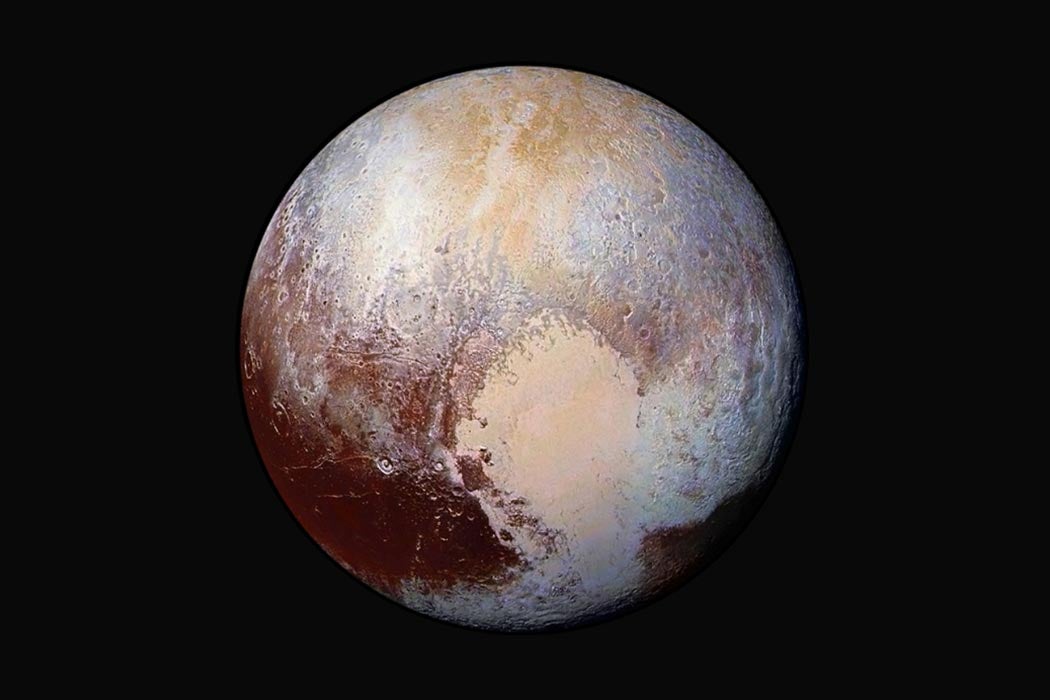American astronomer Clyde Tombaugh discovered what would become the most controversial object in the solar system on February 18, 1930, when he noticed something moving in the region in the constellation of Gemini. It was what he believed to be a ninth planet, later that year named “Pluto” by 11-year-old Venetia Burney Phair, an English schoolgirl with an excellent grasp of classical mythology.
But since Tombaugh’s discovery, astronomers have debated whether or not his discovery is a planet or one of the minor planets, those non-planet/non-comet objects in orbit around the Sun (there are more than half a million of them cataloged now). Pluto’s mass, after all, is only 1/400th of Earth’s; its diameter is less than 1,500 miles, making it smaller than our Moon (2,159 miles). The debate accelerated in the 1990s, when astronomers began to discover a host of “Trans-Neptunian” objects in what is known as the Kuiper Belt. One of these, designated 2003 UB313 Eris, turned out to be larger than Pluto. If Eris was larger than Pluto, should it be considered the 10th planet, or the new 9th?
In 2006, the International Astronomical Union (IAU) demoted Pluto’s status to dwarf planet, with the official name of 134340 Pluto. For the record, the IAU’s definition of a real, full-fledged planet is a celestial body that orbits the sun, has sufficient mass for self-gravity so that it is nearly round, and has “cleared its neighborhood” of smaller objects. Not everybody agreed with the IAU on this one.
Despite the semantics of the classification, NASA’s New Horizons spacecraft, which launched in 2006, flew past Pluto last year as part of its mission to explore “the worlds at the edge of our solar system.” As New Horizons zipped by Pluto, it took innumerable images and measurements. Five papers in a recent issue of Science report on the preliminary results of the flyby.
Pluto’s atmosphere, mostly comprised of nitrogen and methane, turns out to be colder than anticipated, rarefied, and cloudy with layers of haze. Observations from Earth and the Hubble Space Telescope suggested that Pluto might have a rather bland landscape, but the flyby showed Pluto to be home to cryo- or ice volcanoes, soaring mountains, and flat plains. Its surface is dominated by volatile ices, with large variations in color and albedo. New Horizons also took a look at Charon, the largest of Pluto’s five moons. Charon appears to be loaded with just water ice, absent the other frozen gasses found on Pluto. The most striking feature on this moon is a 600-mile long rift, longer than the Grand Canyon.
Regardless of the continuing debate over Pluto’s status, the object remains a fascinating mainstay of our solar system, sure to provide continuing revelations.







